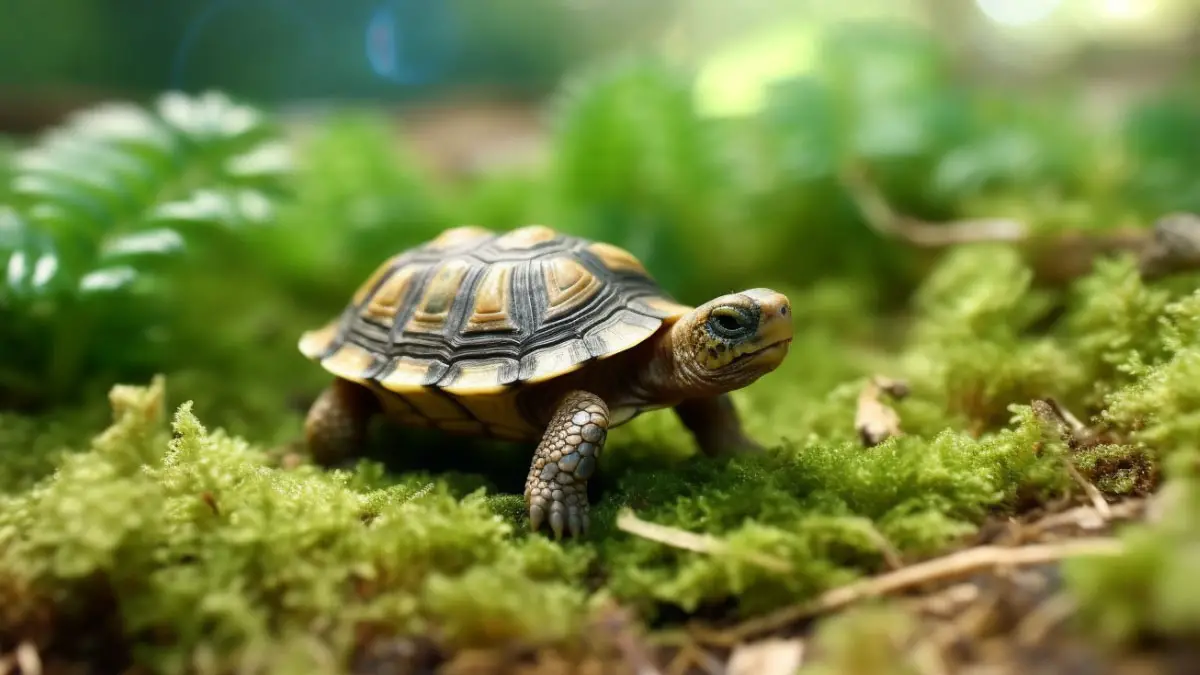Tortoise Species Identification: How To Identify A Tortoise?
Tortoises at a glance look like turtles at first. Nobody can opine many differences between a tortoise and a turtle without any prior differentiating knowledge about them.
So, how to identify a tortoise? The legs of the tortoise are quite elephantine and big. Noticing the shell, you’ll find it mostly round and plain with no spots or discoloration. They love to spend time only on land, but they can live in water as well. If you look closely at the head, you’ll see them round and plain, no sharpy posture there. Tortoise’s longevity is alos something notable and renowned all over the world.
And all these traits are the main to identifying a tortoise. By these, you can differentiate it among the turtles. So, we got you some amazing information for which you’re here. Let’s read.
How to Identify a Tortoise?
Contents
Tortoises and turtles have many identical sights. Once you go on to look at them closely, you’ll find their major differences. And they aren’t only a few, but many.
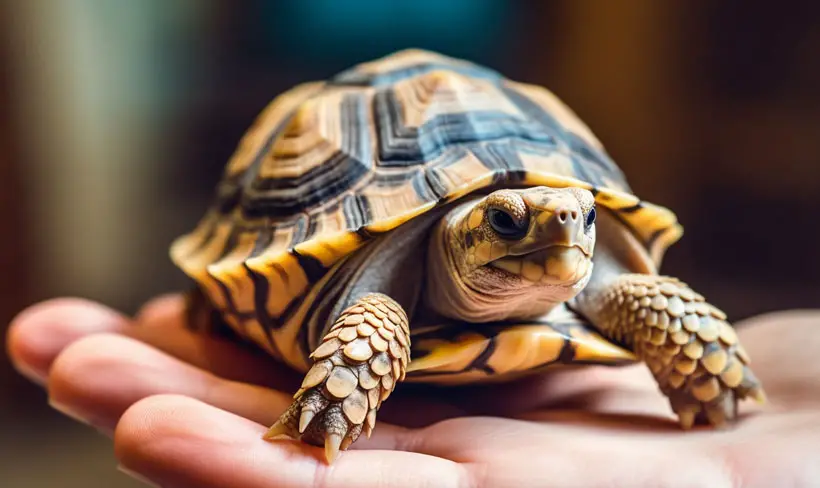
Here you have some of the most common features to look for to know how to identify a tortoise anywhere.
1. Feet
One of the most common identification spots of tortoises is their feet. Almost all the tortoises have clawed front and rear feet and got some kind of nail or sharp stuff on them. It helps them move properly on the land and drift on water, as tortoises cannot swim.
Not only that, the sharp claws allow them to dig burrows in the soil to lay eggs, store food, etc. These claws are not that much of sharp; they are only capable of digging on soft or muddy soils.
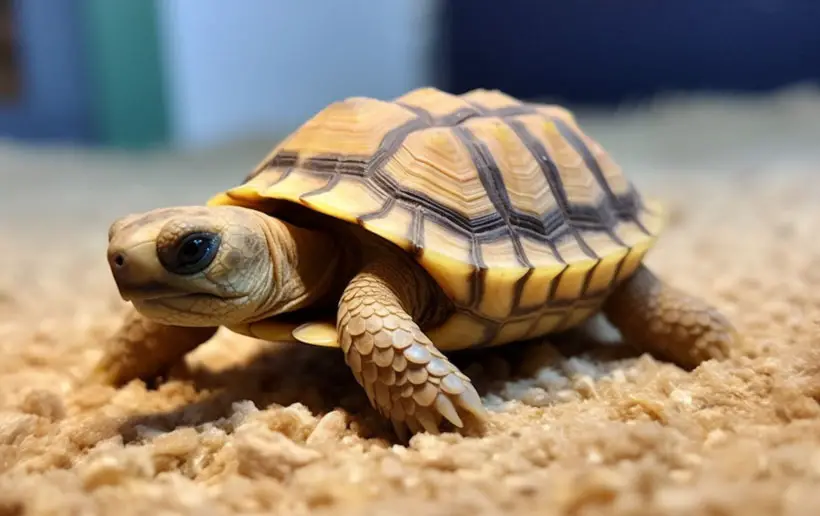
But sometimes, exceptions can be observed. There are freshwater tortoises that have webbed rear feet and clawed front feet. For some species, it helps them to float and drift on the water more conveniently as fresh water contains salt density for floating.
2. Head and Beak
Now coming to the face of the tortoise, the beak is the only way to observe and identify the tortoise. And for the tortoise, the beak is blunt and shaped square. In no way can a tortoise have a sharp beak, never. If it has, it’s a turtle.
You’ll see some darkish marks on the head of the tortoise. Touching the head, you’ll feel a layer of soft-shell present on it. And the beak is so blunt that hardly it’ll cause any harm to you.
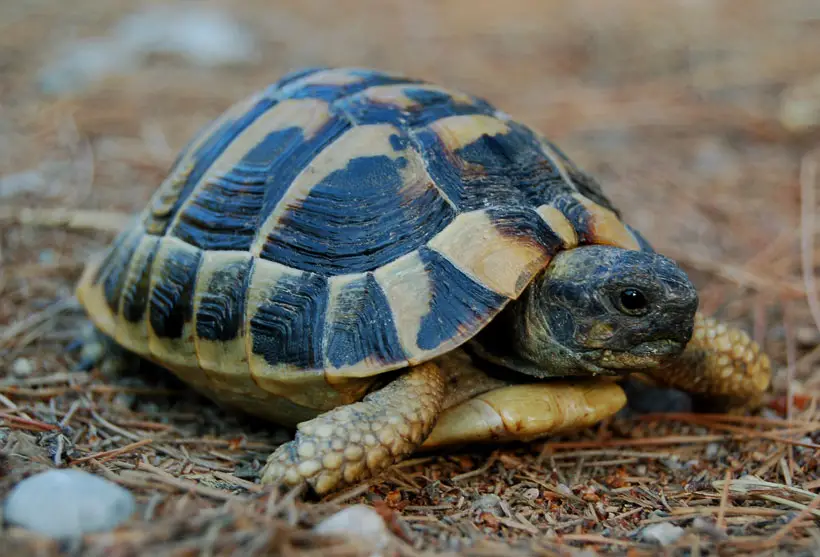
Exceptions can happen. Due to genetic moderation or changes, there might be some tortoises that can have differences. If the beak of tortoise becomes large, it needs to be trimmed. Otherwise, it won’t be able to consume food.
Also, as they move from one place to another, the adverse impact might damage the beak, which might look different. These are just some exceptions, very small in number.
3. Tail
The tail of the tortoise is very amusing to look at. Such a hard and rigid body with a dinosaur-type tail definitely looks weird. The shape of the tail is long and pointed towards the outside.
And the size of the tail can differ as per the tortoises out there. Female tortoises have comparatively smaller and dropped tails of the same shape. Whereas the male one is longer and pulled up towards the side of the rear shell. They are soft and floatable on water.
There are no signs of spikes or other combinations on the tail of tortoises. If there is, it’s of the turtle one, not the tortoises.
4. Shell
Shell is the most important part of the tortoise’s body. It is the main protective part of the animal and helps them to sustain and survive in different conditions. Also, when you look at the tortoise, it is the first thing you notice or observe. So, by default, you’d want to identify the tortoise through it.
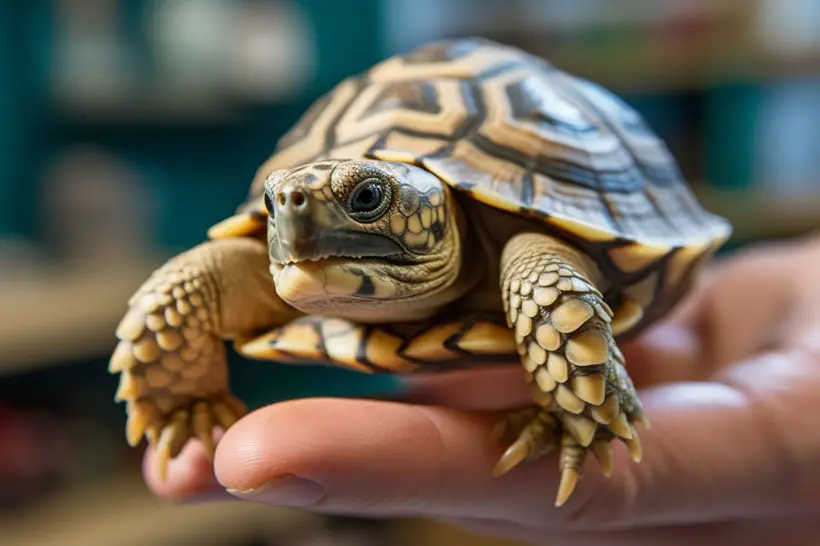
The shell of the tortoise is fully flat. There are no cracks or any ups and downs region on the body. On a shiny day, you’ll find it even shining under the sun, it is that flat!
Also, the shell is hard. It is composed of nearly 50 bones with ribs, shoulder, and fusion of vertebrae. The upper portion is called the carapace and the lower portion is called the plastron. With all the layers and combinations, the shell can hardly break.
5. Behavior
Now comes one of the major traits to differentiate tortoises and turtles, behavior. Tortoise prefers to spend the majority of their time on the land. They are much preferred to get the heat from the sun and lay their belly on the soil, it gives them pleasure.
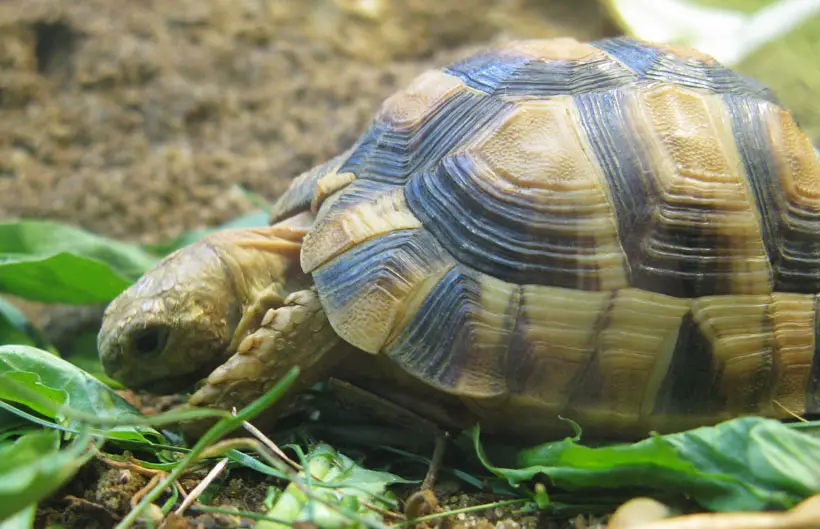
Where on the other hand, the turtles spend most of their time in water; either they swim or just float. Yes, they can also live on the land, but not as much feasible as the tortoises. You can also see tortoises walking and roaming on the ground during their leisure time.
Tortoise vs Turtle
So, by now, you know how to identify a tortoise. But still, there is a hunger to compare it with the turtle and know their major differences, like they look all the same but yet different.
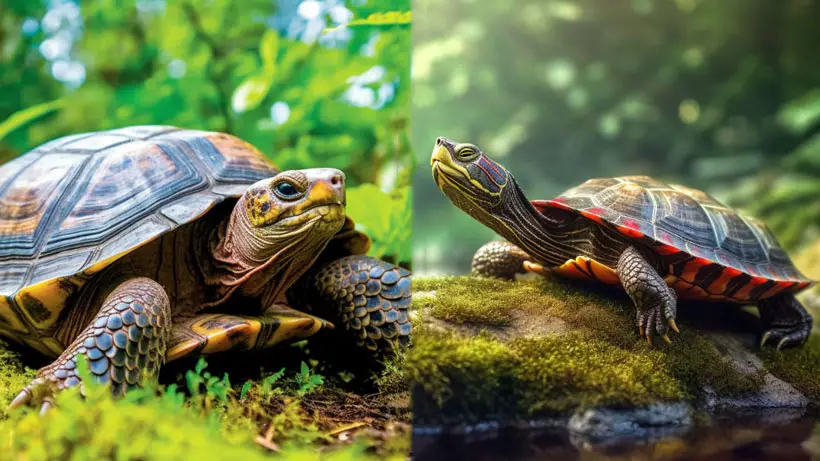
So, here we got you some simple comparisons that will surely pave you to a clear conception of tortoises vs turtles and assure you that they are way much different.
| Tortoise | Turtle | |
|---|---|---|
| Shell | Round, strong, and thick | Thinner and water dynamic |
| Leisure place | Ground/soil | Water |
| Legs | Clawed and elephantine | Webbed and flipper-like |
| Beak | Blunt and plain | Sharp-pointed |
| Tail | Long and pointed | Short |
| Shell spots | Not present | Dot spots are present |
| Lifespan | 80-150 years | 20-50 years |
FAQs
Here are a few more additional questions you might be asking now.
The average size of tortoises is about 18 inches in length for the adults at peak. They weigh around 70-100 pounds.
Tortoises are not aggressive; they are friendly and crave good company. Yes, they do bite, but that’s under unfavorable circumstances only.
Conclusion
Just by picking a turtle, you can identify whether it is a tortoise or not. Remember, all tortoises are turtles, but all turtles are not tortoises. And that’s where you need to find the differences.
Surely the patterned shell and clawed legs will tell you the dissimilarities in appearance.. Also, you can know it by looking at its blunt plain beak as well. It is easy now for you to identify a tortoise amid the turtles out there for sure.

